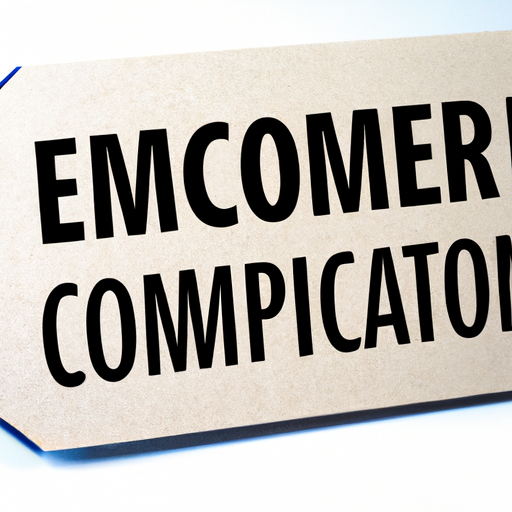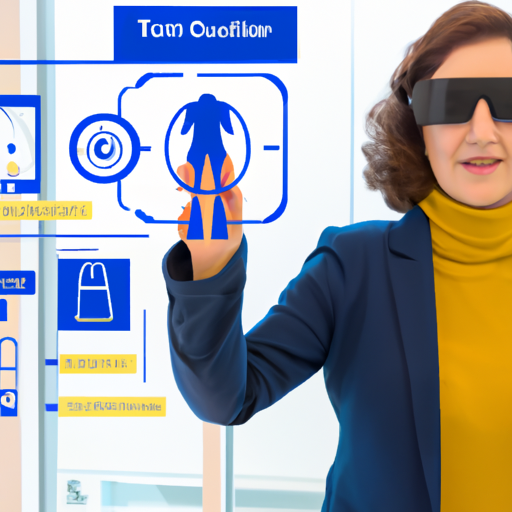In recent years, Augmented Reality (AR) has begun to significantly transform the retail landscape, offering innovative ways to enhance customer engagement and streamline the shopping experience. As retailers face increasing competition and changing consumer behaviors, integrating AR technology has proven to be a game changer.
What is Augmented Reality?
Augmented Reality refers to the technology that overlays digital information, such as images, sounds, or GPS data, onto the real-world environment through devices like smartphones, tablets, and AR glasses. In retail, AR enables customers to visualize products in their own space, try on clothing virtually, or see how makeup looks on their skin.
Why AR is Critical for Retailers
- Enhances Shopping Experience: AR technology allows customers to interact with products in a unique way, making shopping more engaging and enjoyable.
- Personalization: AR can tailor the shopping experience to individual preferences, showing items based on previous purchases or browsing history.
- Reduction of Returns: With AR, customers can accurately visualize how a product will fit into their lives, reducing the likelihood of returns and increasing customer satisfaction.
Successful AR Implementations in Retail
Several major brands have already adopted AR technology to enhance their retail strategies. For example, IKEA offers an app that allows customers to visualize furniture in their own homes before making a purchase. Sephora‘s Virtual Artist enables users to try on makeup virtually, creating a more interactive and personalized shopping experience. These successful AR implementations showcase the significant potential of this technology in retail.
The Future of AR in Retail
As technology continues to evolve, the potential applications of AR in retail are limitless. From virtual fitting rooms to AR-powered product demonstrations, retailers will be able to create immersive experiences that cater to the needs of tech-savvy consumers. The integration of AR in retail not only enhances customer engagement but also provides valuable data and insights that can help brands tailor their marketing strategies.
Conclusion
As Augmented Reality continues to reshape consumer expectations, retailers who adopt this technology will likely enjoy a competitive edge. The melding of the digital and physical retail spaces will enhance the shopping experience, drive sales, and reduce returns, ultimately leading to a more efficient and profitable retail environment.
To stay ahead in the rapidly evolving retail sector, embracing AR technology is no longer optional; it is essential for future success.







